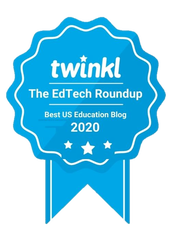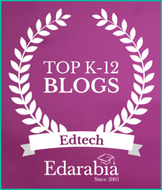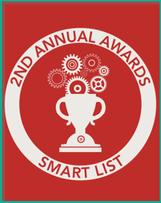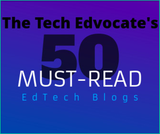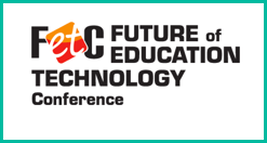
And each device will be loaded with apps that students will use to communicate, collaborate, and explore.
This is a dangerous approach we find in schools around the world. The enticement of devices or digital tools or the influx of funds that have to spent on technology can obscure schools from focusing on students’ needs. I’ve seen this done in schools (and entire countries) around the world where technology was bought before the learning was planned for and the tools created more problems than benefits.
In schools that are most successful with digital tools used for learning, they live the ethos, “no technology without purpose.” These schools have developed the experience and policies to identify the learning needs that will be filled with devices, online tools, or even Internet access. Frequently, they will tie these decisions to an Educational Technology Roadmap where evaluation procedures for technology tools and the intended learning outcomes for students are clearly defined and available for everyone in the school community to access.
How do schools follow this model of “learning before technology”?
First, schools need to define what their student learning outcomes should be with technology. Are they looking for 21st skills development, deepening and broadening of content knowledge, or even improved performance on summative assessments? Once this question is answered, schools need to articulate the learning outcomes they expect from their students when using technology.
I have seen this done in a number of ways. One school created a scaffolded set of technology and non-academic skills they expected from students and outlined them against grade levels. I worked with another school that mapped the areas of the existing curriculum they felt could be enhanced by digital tools and identified outcomes that they would expect when technology was infused. Other schools use the ISTE standards or the P21 Framework to help map and identify those outcomes.
Second, schools need to approach the teaching elements of technology for learning. Do their teachers have the capacity to implement such technologies? How will they offer ongoing professional learning in the functional aspects of technology and the pedagogic uses of it in the classroom? How will evaluate the efficacy of technology usage by teachers in the classroom?
The best schools I have seen will have a clear training and support system in place to help prepare teachers for the use of technology in the classroom. They will do this through evaluation of existing skills and attitudes and then provide continuous access to professional learning resources on the technical skills and pedagogical uses of technology. I’ve seen this in the form of EdTech coaches, connections to external training organizations, or internal time reserved for collaborative planning.
Last, schools need to recognize and plan for the “knock-on effect” of introducing digital tools for learning. A school is an ecosystem, with any change having impact on other areas of the organization. If new technology comes into the school, will it replace another tool? How will time be reserved to use it in the classroom? What other resources are needed to support that technology? Strong schools will investigate these implications before they purchase any digital tools because they know a significant disruption to the learning environment could result in teachers disengaging with the tool or the tool being misused.
Once these planning elements are in place, a school can confidently say they have put the learning before the technology. At this point, excitement about the students getting tablets should be encouraged around the school because those tablets will be used in ways that will enhance learning by teachers who are supported to use them well.
About the Author







